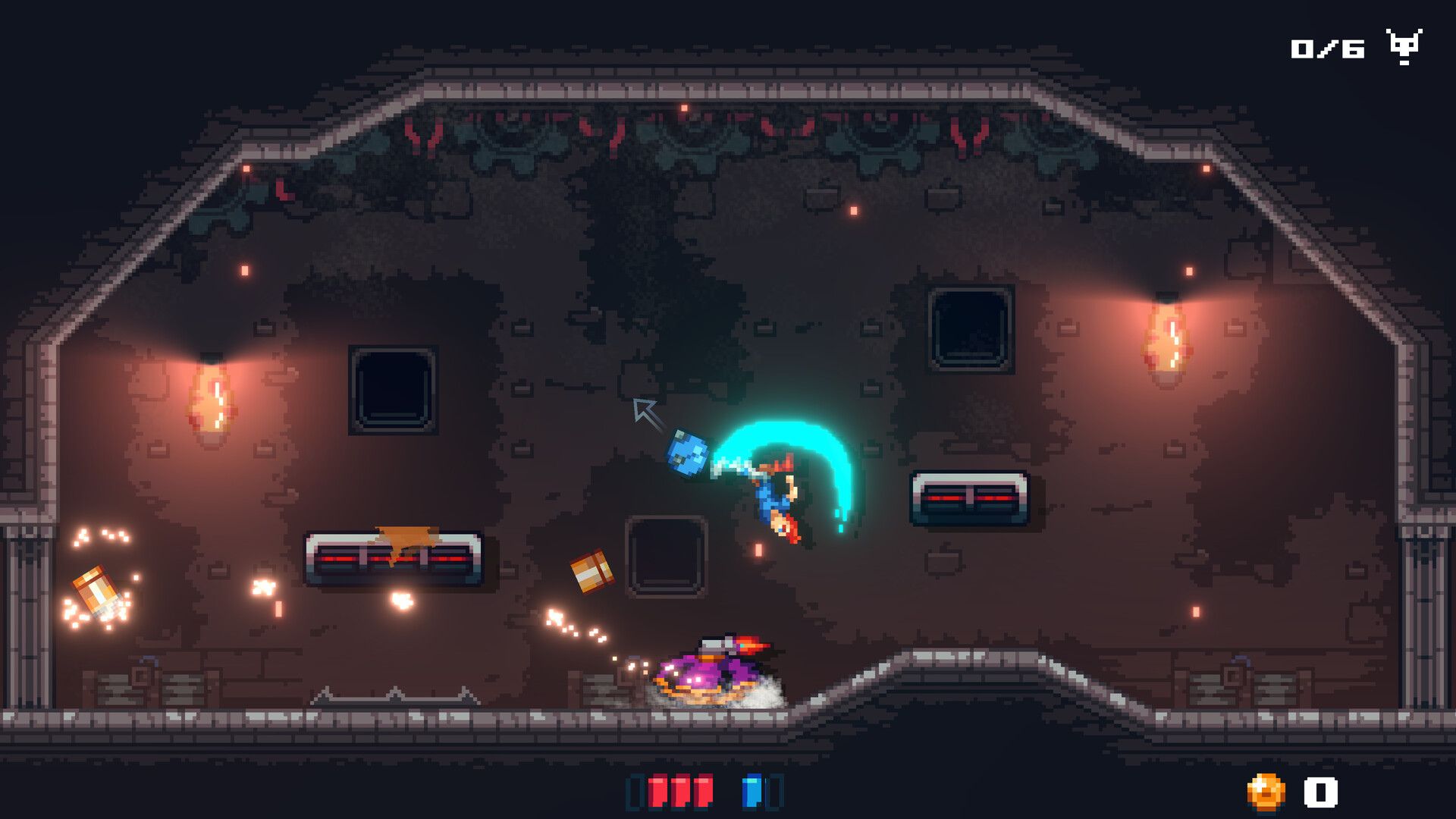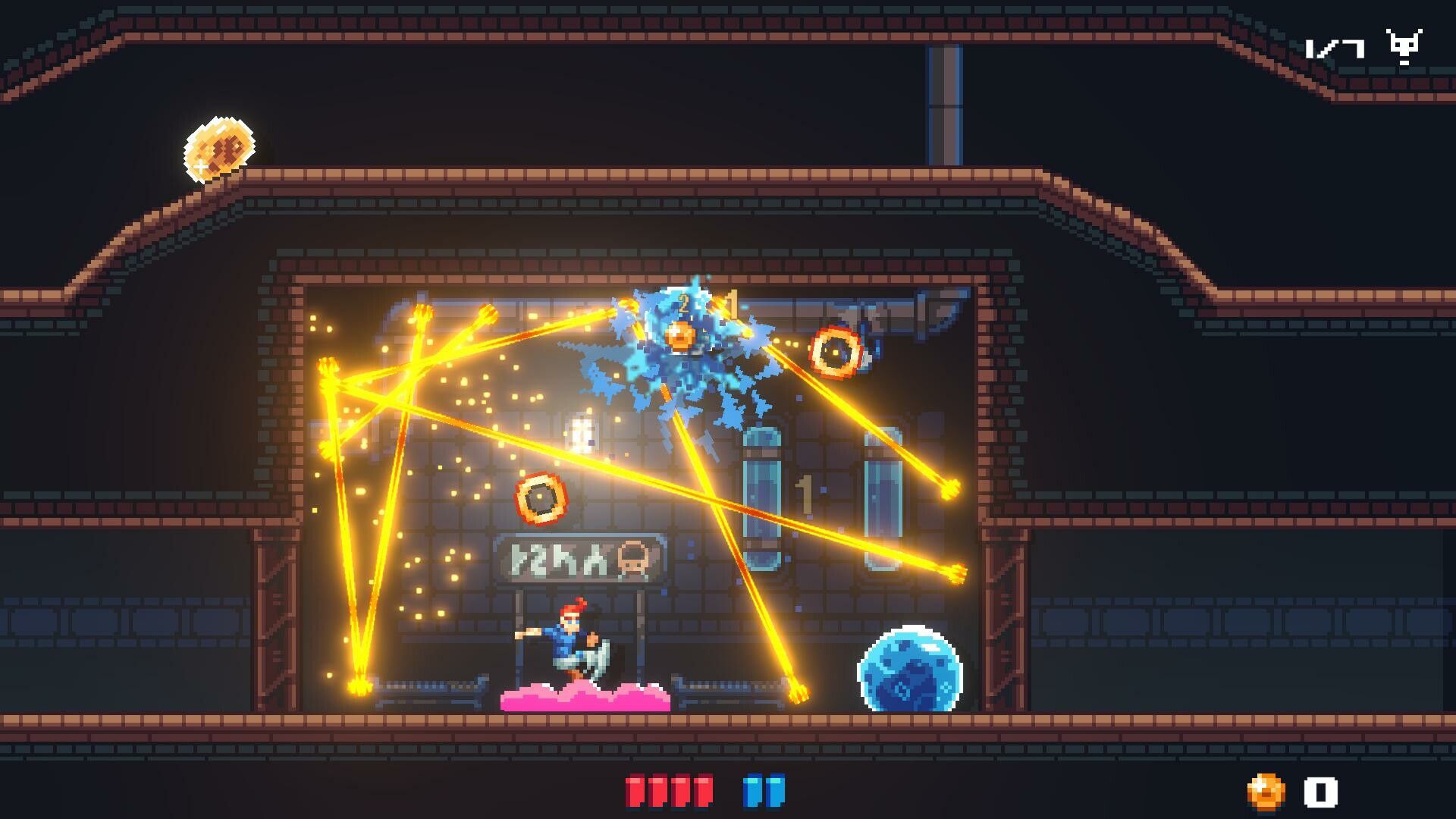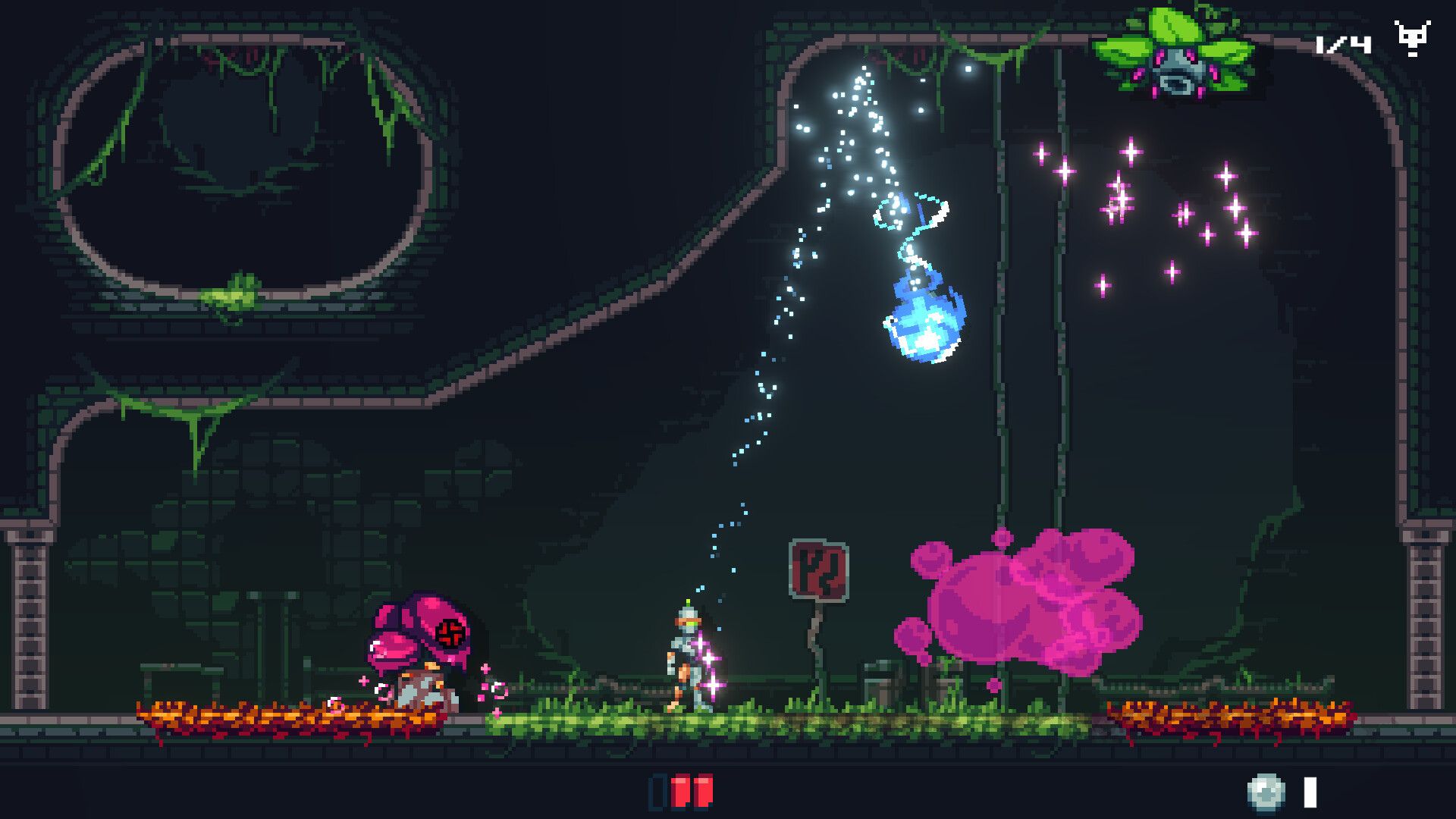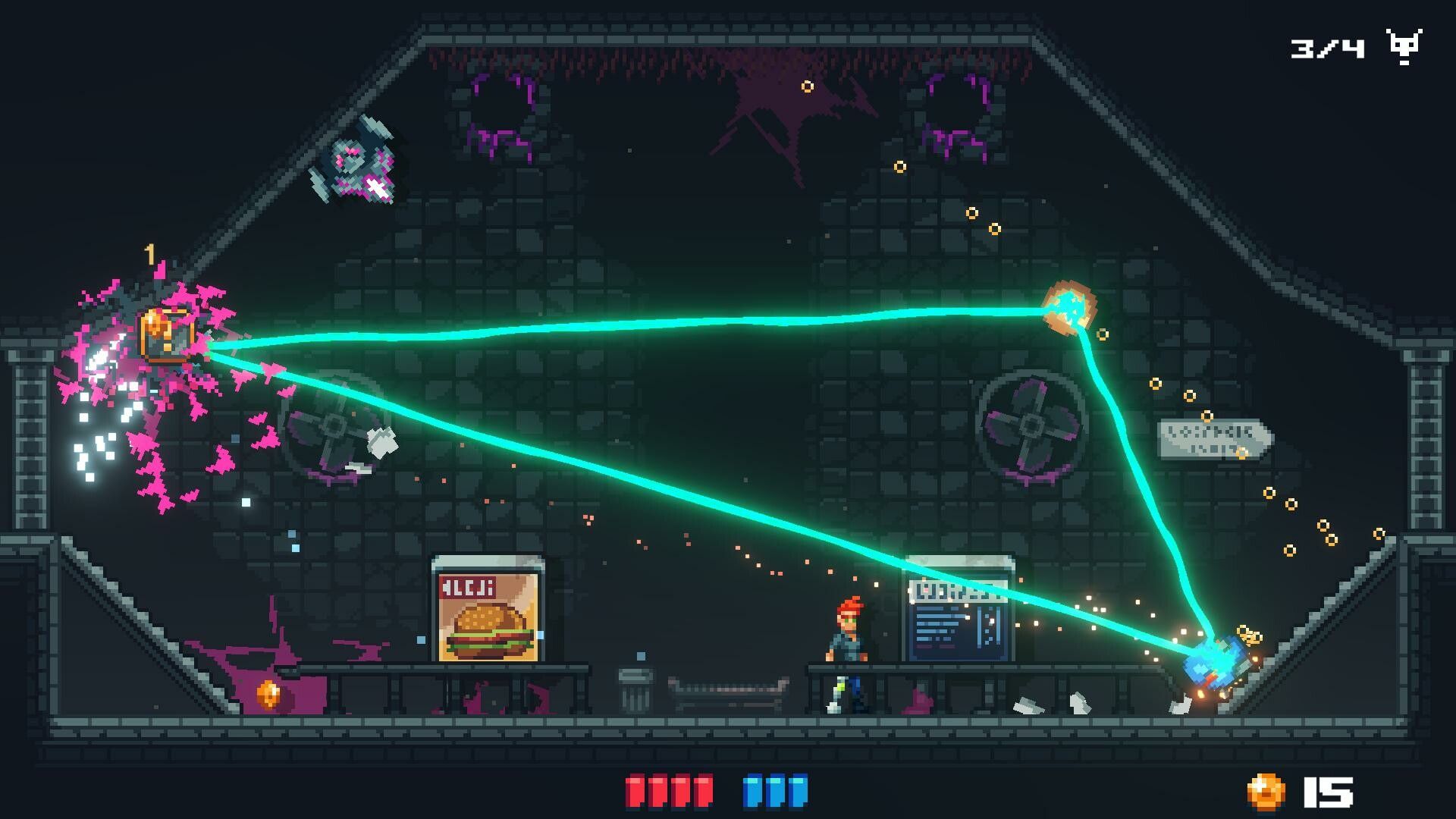If you are seeking a Roguelike game with a unique twist, then you must check out Footgun: Underground. It is a Roguelike that meets Football mechanics in a unique setting that is impossible to resist. You must navigate through the deadly challenges in randomly generated rooms while kicking the ball to beat up anything that hurdles your progression.
This experience is further enhanced with the availability of different arcade-style pixel-designed characters and balls that will aid you in progressing throughout the game. With the game releasing next week, we interviewed Eduard Dobermann, the Game Director of Footgun: Underground, to learn more about the development cycle and what more to expect from the final game.

Eduard: I am the founder of Turtle Knight Games and wear several hats there, primarily as a Game Director and Programmer. The whole project began as a typical solo dev project, which I aimed to complete in a few months. However, this didn’t happen. After half a year of work, I secured some small funding, which allowed me to assemble a fantastic team. Our artist replaced all of my original art with his exceptional skills, and we added a ton of new content over the next 8-to-9 months. Additionally, an awesome Sound Designer joined us in the final months, and I am truly impressed by the significant impact that well-placed good sounds can have.
Eduard: I was looking to develop a roguelike for a new project and was intrigued by the idea of using an alternative combat mechanic. Games like Peglin and Backpack Hero inspired me to think outside the box. I recalled seeing ball combat in a game, which then fused with a roguelike concept in my mind to create a great game idea. So, I decided to give it a try. I knew I needed enclosed spaces to implement a decent ball combat mechanic effectively. A typical dungeon felt too boring, as did normal building rooms, and caves also seemed off. After a brainstorming session with my wife, she suggested this setting. It resonated with me, and I stuck with it.

Eduard: From the beginning, it was clear that the game would not have a real story. I wanted to focus on the game mechanics and make them enjoyable. However, developing the character was an ongoing process. I started with a somewhat human-like character because I wanted him to have visible legs. Initially, the head was not as important to me, so the early version had only a 4×4-sized head. To give him a more interesting silhouette, I added some curvy hair. To somehow explain why he can use his abilities, I gave him a cyborg leg.
Eduard: Once it was established that we would have rooms, I didn’t want actual travel between them because I needed to manage the balls during transitions. It was clear to me that I should use path stage selection. The different stage types were just a common feature in that mechanic. After the boss battles, I wanted to introduce new enemies, so biotopes seemed like a good way to make this interesting. We designed each biotope around the enemies, ensuring that enemies utilize all room space in each biotope. We began every time with an idea for one enemy and then determined what type of enemy was needed to occupy the rest of the room space. We also aimed to create enemies with different mechanics to challenge the player in various ways. Additionally, each biotope has its own hazards to make some stages more challenging.

Eduard: I was inspired by the item upgrade system in Brotatos. I liked this idea because it forces you to manage your inventory space, and it’s fun to merge items. There are mobile games centered solely around this mechanic. For the upgrade mechanic, I wanted to give the player as much freedom as possible. This led me to the concept of equippable balls, making each ball unique through different configurations.
Eduard: Balancing is a challenging aspect. I hope we have achieved a good level of difficulty. However, what makes the ball combat mechanic interesting is that you can progress through the game even without precise aiming skills. You can rely on luck to accidentally hit enemies. I designed the items with this in mind. You can opt for a chaotic item build where your balls do unpredictable things, or you can choose a precision-focused build that rewards good aiming skills.

Eduard: One challenge was creating the inventory UI system, which needed to be controllable with both a mouse and a controller. This difficulty was probably due to a lack of experience in that area. However, aside from that, the whole development process consists of a series of smaller challenges, so you get used to it over time.
Eduard: The game has been in development for around 16 months. I worked on it alone for the first 6 months, and now we have a team of 5-8 people, depending on whether you include internships and freelancers. However, I am the only one working full-time on this project.

Eduard: The overall response has been very positive. I’ve barely seen any negative feedback. The demo featured only a small part of the game, not even a fifth of the full game. So, we added a significant amount of content and tried to improve as much as we could with our resources.
Eduard: I think the feeling of playing is great. Initially, hitting randomly feels good. But once you master the mechanics, it becomes truly fantastic to control the balls exactly the way you want to.
Footgun: Underground is an upcoming Dungeon-Crawler Action-Roguelike under development by Turtle Knight Games. The game is set to release on April 30, 2024 for PC.
Good job! Please give your positive feedback 😏
How could we improve this post? Please Help us. 💡
Nauman Shah is a VeryAli’s Guide Writer. With a background in Software Engineering along with immense love for video games and three years in Unity 3D games development, Nauman joined the writing media to share his thoughts around the world. Moreover, he likes to smash people with difficult questions on social media and watch shows with a cat named ‘Blep’.
Nauman primarily plays RPG and Open World Games – His Gamer Tag is #Sammich. You can check his gaming library and connect with him!



